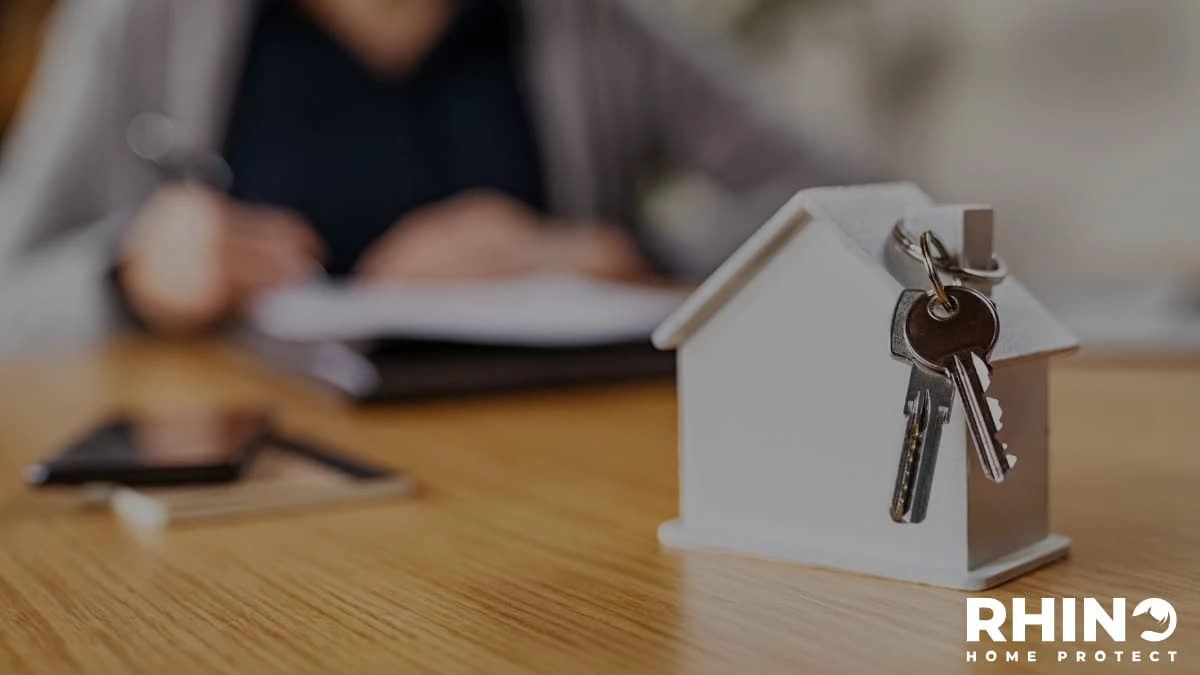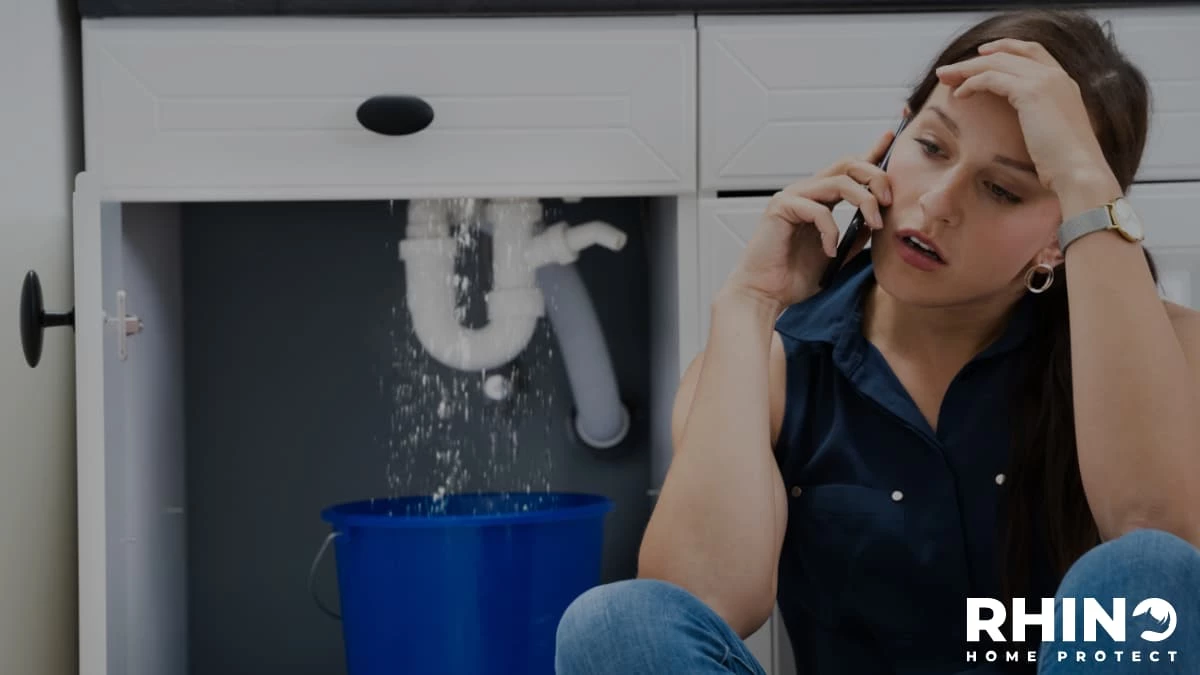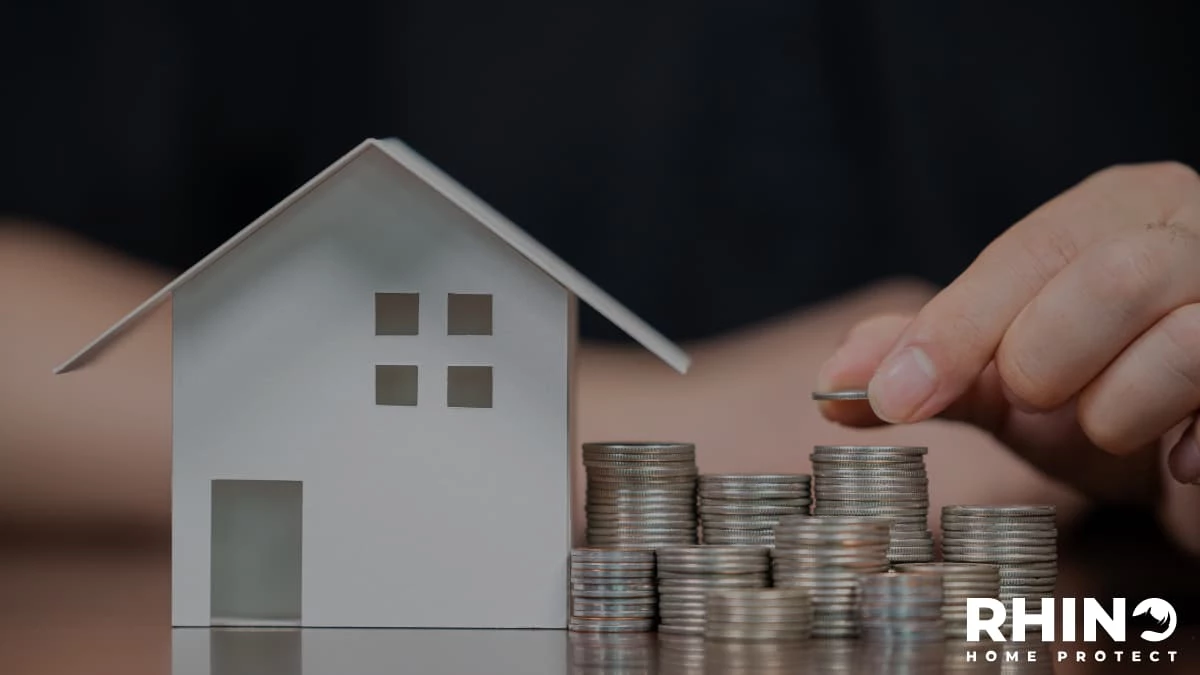The process of selling a house
Selling your house? Take a deep breath. It’s quite a process, but nothing you can’t handle. The main stress-causing factor is getting your offer accepted in the first place, followed by the agonising wait until the contracts are exchanged and everything is official.
We’re here to make things simple and straightforward with this breakdown of the home-selling process.
Find somewhere to move to
Decide whether you want to buy somewhere else straightaway – or rent for a few months. Renting will give you the advantage of being able to present yourself as a ‘chain-free’ buyer and be in a better position to snap up your dream property if it comes along. Plus, you won’t be rushed into buying somewhere you don’t really love simply because the clock is ticking and you have to move.
The main downside of this is you’d spend around £6k in rent to cover a six-month gap between selling and buying – money you could put towards your new place.
Choose how you’re going to sell
Next, find an agent to sell your home, whether that’s a local bricks-and-mortar agent, or an online agent. Online agents can be cheaper – but you’ll usually have to pay your fees upfront.
If you go with a high street agent, choose one with a recent track record of selling properties similar to yours for at least asking price (ideally over). Also consider sole vs multi-agency – decide whether you want to give more than one agent the opportunity to market your home. Sole agency usually comes with lower fees – and speaking of fees – aim to negotiate a 1% fee with your selling agent. Anything over 3% is too high.
Name your price
You’ll probably have a good idea of how much you’ll want to get for your property based on what similar properties nearby are selling for. Your chosen estate agent should offer a valuation – but don’t accept their estimate as gospel and shop around to find the right valuation amount. If you’re lucky and find yourself in a hot market, you’ll probably end up with a few offers to choose from – otherwise you can try to highball slightly with the asking price. Ask a trust agent for advice on this, as setting the price too high could risk putting off potential buyers altogether.
Gather the right documentation
To sell up, you’ll need to make sure you have a copy of the title deeds, which you’ll have been sent when you bought the property. If you can’t find them, they’ll probably be on file with the solicitor you used. Failing that, you’ll need to order a copy through the Land Registry.
You’ll also need a valid energy Performance Certificate (EPC). This considers heating, lighting and ventilation, and indicates to potential buyers how much their bills are likely to be.
It’s also a good idea to dig out your Gas Safety Certificate, Building Regulations Compliance Certificate and electrical safety certificate, which will offer assurance to potential buyers, your TA7 form if your property is leasehold, as well as the certificates for any planning permission or building works undertaken.
Offer acceptance and date setting
After you’ve accepted an offer, you should liaise with your buyer to decide on a date for contract exchange and completion.
Exchange of contracts is when everything becomes legally binding, and the buyer can no longer pull out. Up until then, they have zero legal obligation to actually buy your home – think of it as a sort of ‘gentleman’s agreement’.
Completion is the day the new owners get their keys – and you should be long gone from the property by then. Don’t make the mistake of thinking you can move out on the morning of completion! Sellers who do this often end up with the new owners turning up to move in at the same time they’re trying to move out – it’s just not worth the stress.
Instruct a conveyancing solicitor
Once you’ve set your timeline, the next step is to instruct your conveyancing solicitor. This is a vital part of the selling process, as your conveyancing solicitor will be responsible for transferring the legal ownership of the property to the buyers.
As part of this process, you’ll need to fill out some forms, including the TA6 form which will tell the buyer key information about the property they’re buying, including everything from boundary disputes to building work.
Solicitor fees for selling a house will usually set you back around £700 - £1500. It’s a good idea to get Home Seller’s Protection Insurance before you formally instruct your conveyancer. Then, if your house sale falls through, you can claim the conveyancer’s fees back. House sales falling through is all-too-common, with 1 in 4 transactions failing before completion in the UK.
Exchange of contracts
This is when your solicitor and the buyer’s solicitor confirm they both have the relevant legal documentation required from each party to make the contract legally binding.
Once the contracts have been exchanged, legal ownership of the house will pass to your buyers. Remember, up to this point, the buyer can pull out at any time without any consequences for them.
Completion
This is the point when you can really celebrate. On completion of the sale, you’ve well and truly sold your house and it now belongs to the new owners.
By completion day, your solicitor should have received the full sum from the buyer’s solicitor, and the title documents will be amended to reflect the buyer’s details.
Usually, you’ll have until 1pm to vacate the property, but as mentioned earlier, we doubt you’ll want to cut it this fine when moving out!
Selling a house can be stressful, but most of the stress comes from worrying that the buyer is going to pull out before the exchange of contracts. We can’t stop this from happening (sorry!), but we can make sure you don’t take a financial hit and lose those costly conveyancing fees should your sale fall through.
Talk to Rhino about how you can get Home Seller’s Protection cover from just £59 today.



